Daigoji Temple is a World Heritage-designated temple and it is in Fushimi-ku, Kyoto. The temple is located a bit far from the central area of Kyoto, so despite its incredible temple, visitors are limited.
It is the head temple of the Daigo school of the Shingon sect of Buddhism. The temple is famous for “Daigo no Hanami” (cherry blossom viewing) held by Toyotomi Hideyoshi. It is an amazing temple with 150,000 pieces of temple treasures, including national treasures and important cultural properties.
The following is a guide to theTemple set up by Kyoto City and others.
Daigoji Temple is divided into two parts: the upper part of the temple (Kami-Daigo) and the flat area at the western foot. The temple was frequently destroyed by fire, and was restored to its present appearance between the end of the 16th and the beginning of the 17th century. The Yakushido Hall in the upper temple complex was reconstructed in 1124, and it represents the scale and style of early Heian-period Buddhist halls without a hall of worship. The Chinju-sha Kiyomiya Worship Hall was rebuilt in 1434 in the kakezukuri style, and is finished in a residential-style design. The five-storied pagoda, erected in 951, is the oldest building of its kind in Kyoto, and is characterized by its grand and stable appearance, and by the mandala depicting the two worlds in the first floor, which is characteristic of esoteric Buddhist temples. The Kondo (main hall) was relocated from the Kondo of Manganji Temple in Kishu in 1600, and retains the style of Buddhist temples from the late Heian period (794-1185). The garden next to the main hall of Sanboin was also built under the direct orders of Hideyoshi, and is a gorgeous mixture of kaiyu-style ponds and karesansui (dry landscape garden).
Source: Information board at the site
On top of the mountain is Kami-Daigo, the birthplace of the Temple, where Daigo water still gushes out. It takes time just to visit temple in Shimo-Daigo. And it takes about one hour one way from Shimo-Daigo to Kami-Daigo. Kami-Daigo also has national treasures and important cultural properties, so if you want to see both Shimo-Daigo and Kami-Daigo in detail, it will take you a whole day to get there.
The nearest station to the Temple is Daigo Station on the Tozai Subway Line. From Daigo Station, a shortcut is to take the pedestrian walkway stretching straight to the east.
The first thing that greets you is the main gate of the Temple. It faces the Nara-kaido street.
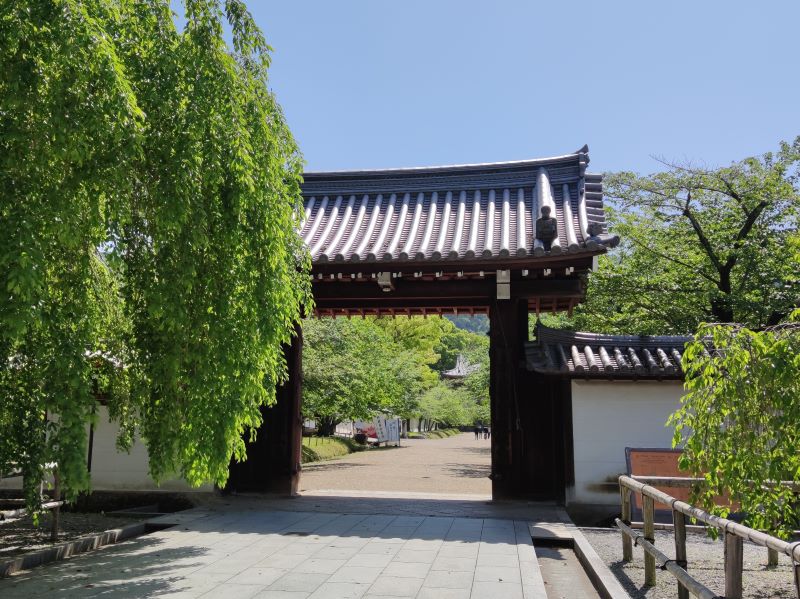
The reception desk (ticket office) is located on the left side of the main gate. There are three kinds of tickets available: the temple complex area, the Reihokan area, and the Sanboin area, and we recommend that you visit all of them.
Daigoji Reihokan Museum
Reihokan is a museum that preserves and exhibits over 100,000 cultural properties owned by Daigoji Temple (including 75,000 national treasures and important cultural properties!) Many cultural properties, including the National Treasure Yakushi Sanzonzon and the Important Cultural Property Godai Myoo, are on display. You cannot take photos inside the museum.
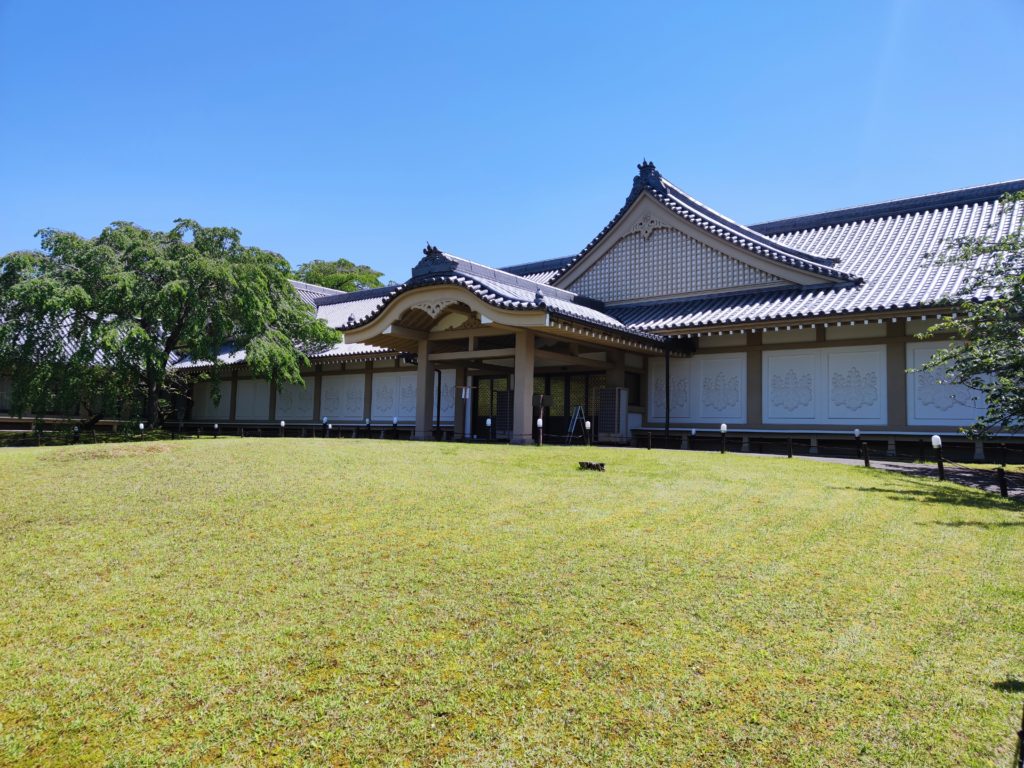
Temple Complex
The entrance to the Daigoji temple complex (lower complex) is Niomon Gate.
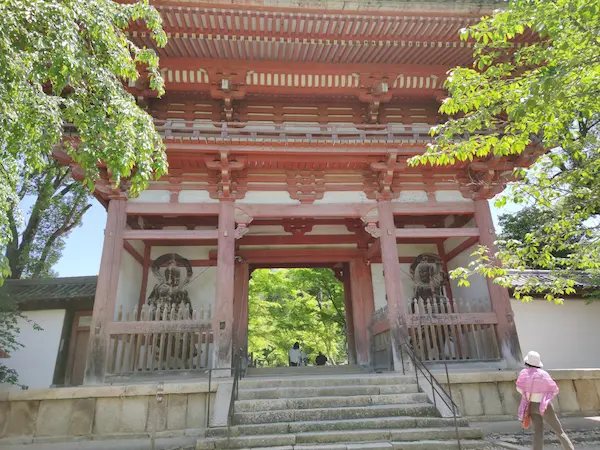
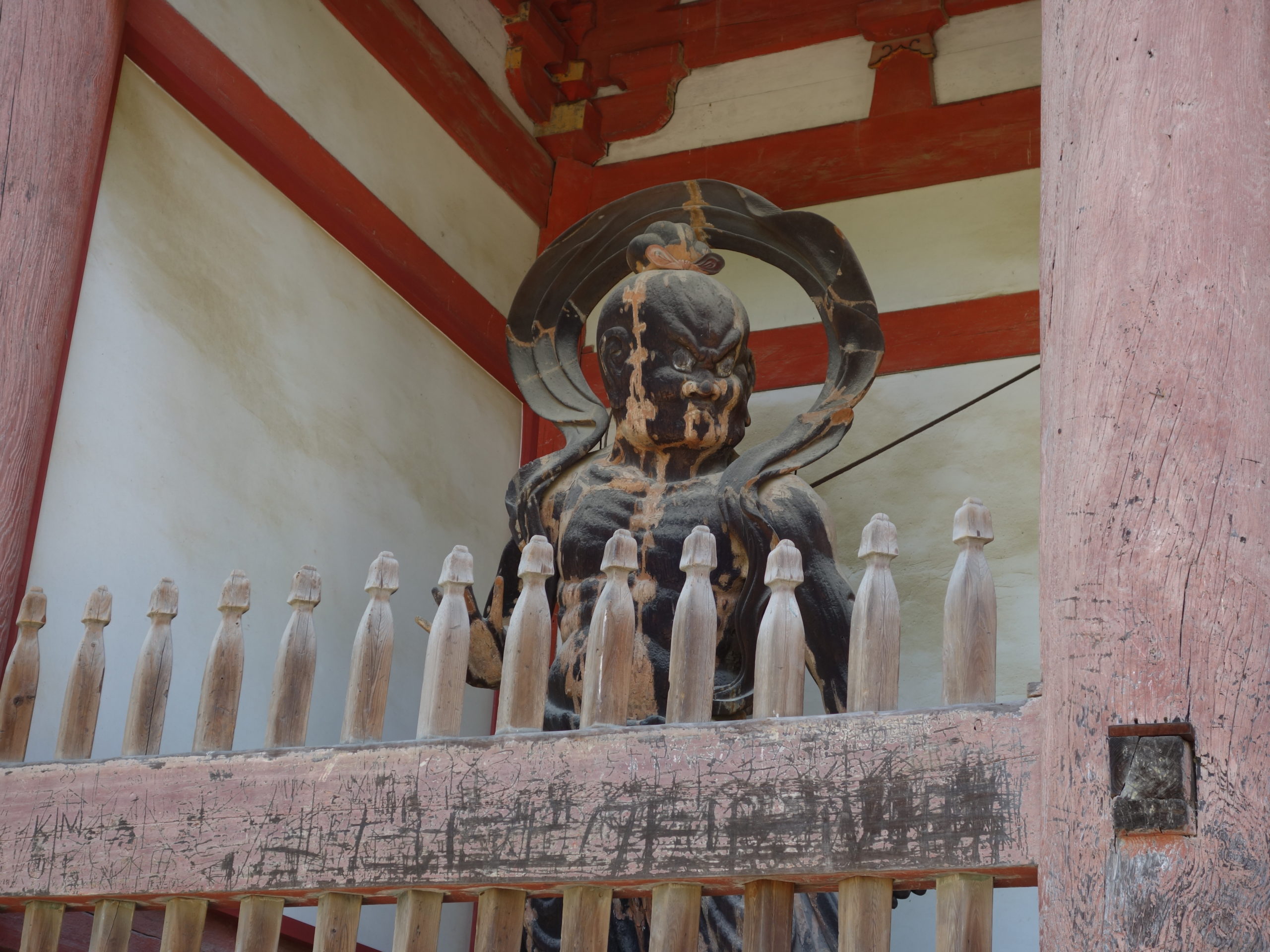
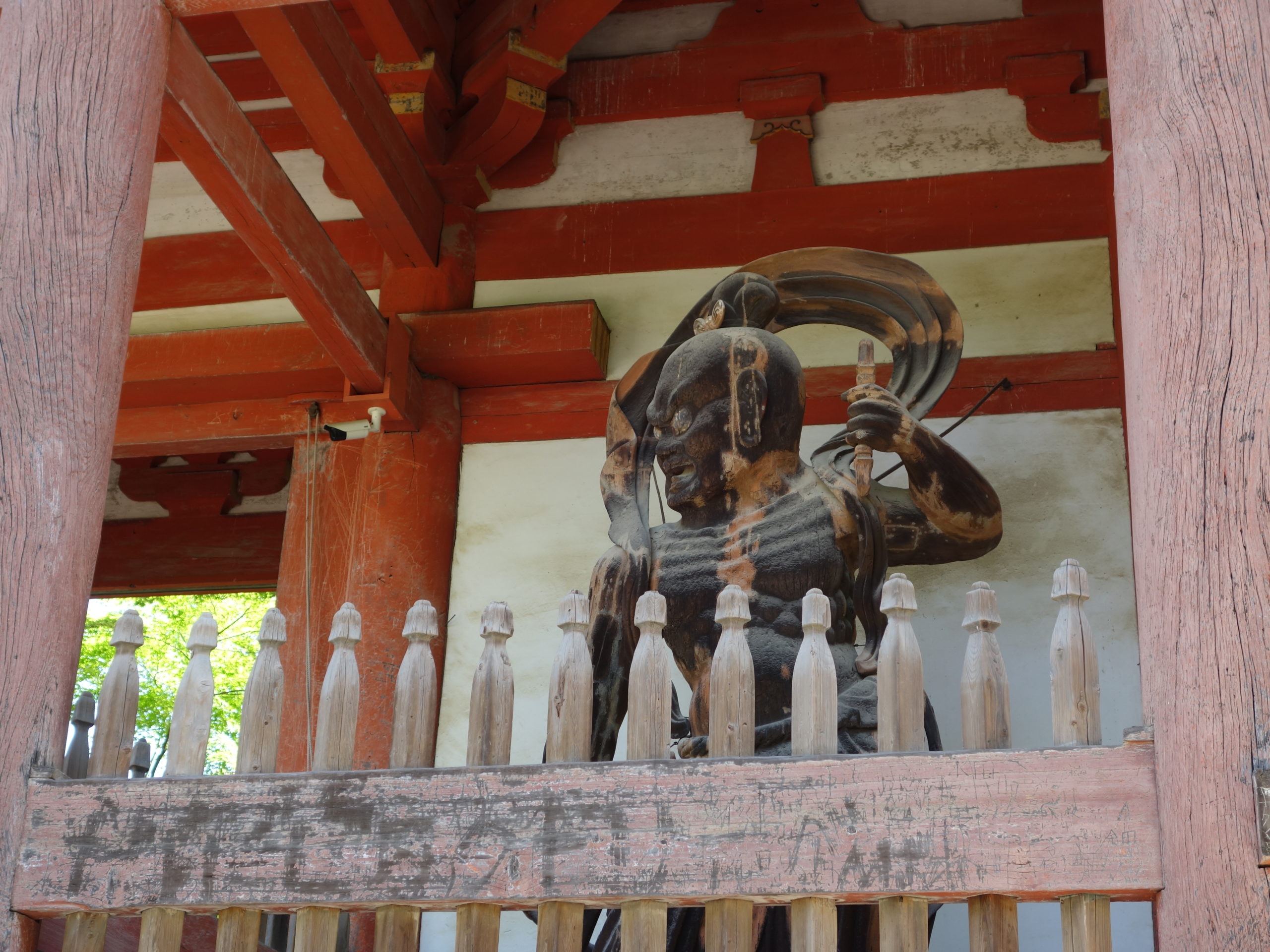
The elegant Kondo Hall of Daigoji Temple, which retains its late Heian period style. Toyotomi Hideyoshi relocated it from Yuasa in Kishu. Kondo hall is a national treasure.
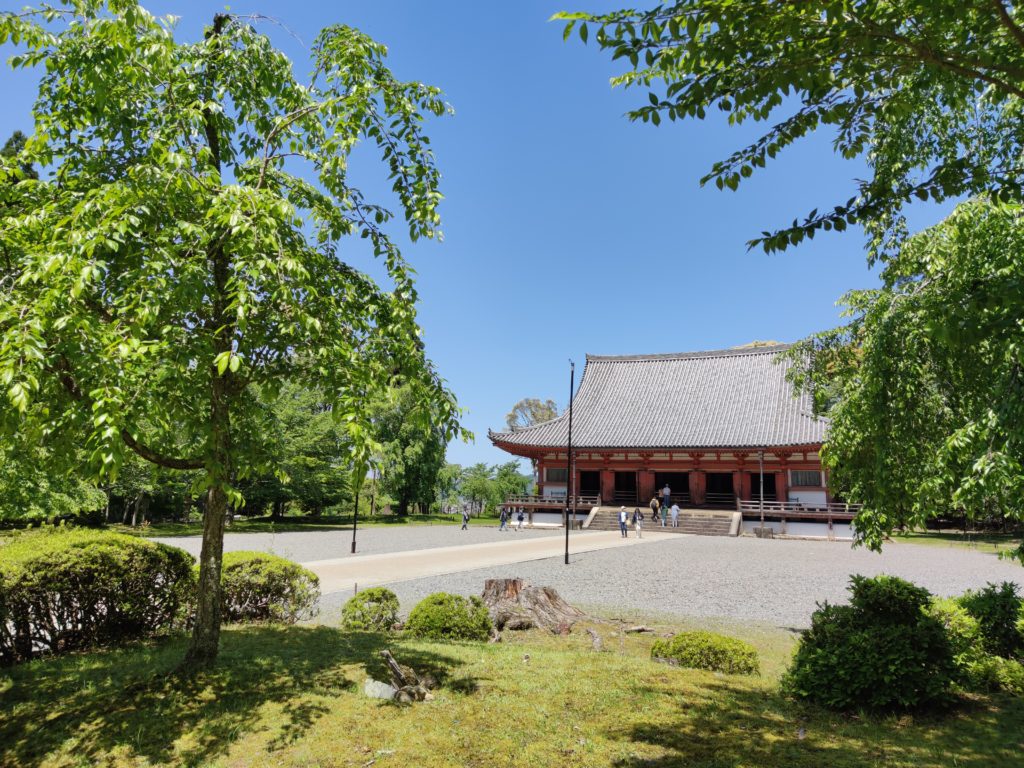
And the five-story pagoda is the oldest existing wooden structure in Kyoto. It is a bit rough yet elegant at the same time. Also a national treasure, it was completed in 951.
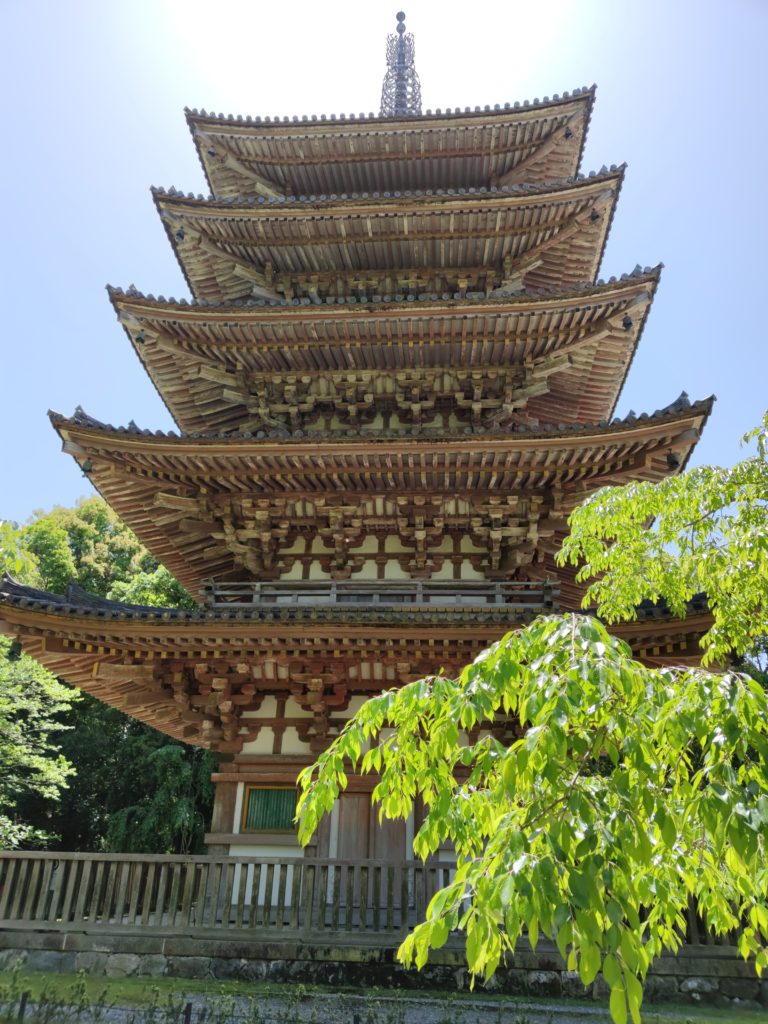
The main hall of Kiyotaki Shrine is an important cultural asset, although most people pass by it without paying attention.
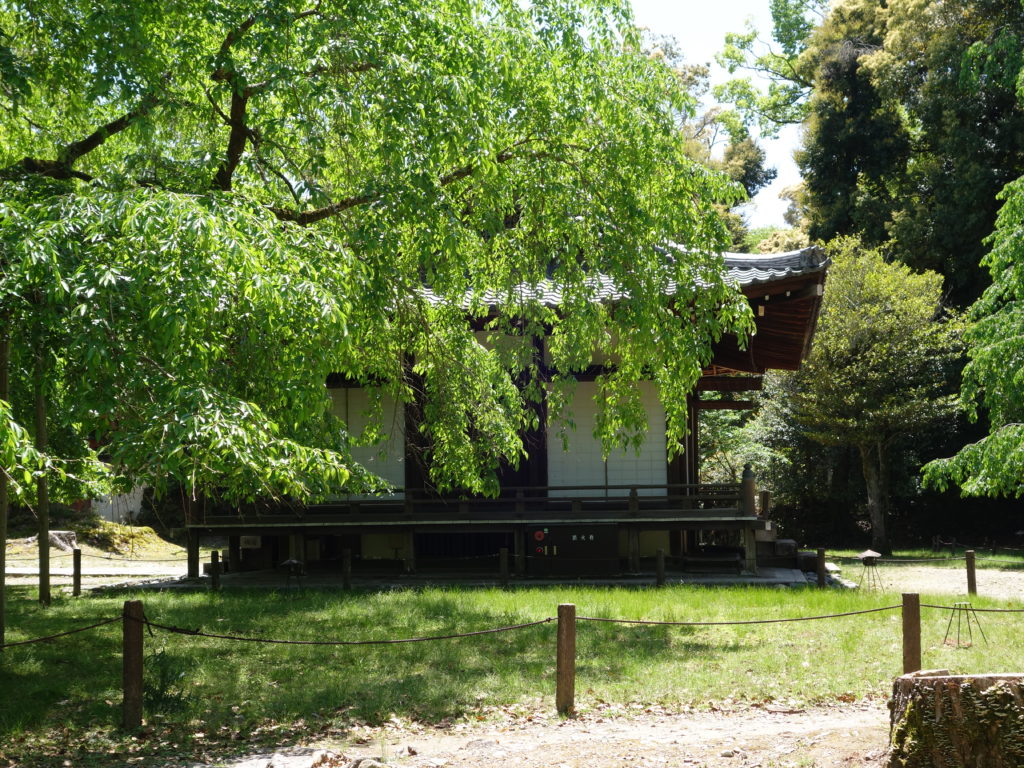

Model courses for visiting Daigoji Temple
Visit all five-story pagodas in Kyoto.
Nearby spots
Sanboin temple is a sub-temple of Daigoji. Its architecture and garden are worth visiting.
Related articles:
[…] Information of Daigoji Temple in English here […]
[…] divided into two parts: the upper part of the temple and the flat area. The flat area is well-known Daigoji Temple. And the upper part is called Kami-Daigo, where the older complex of Daigoji Temple […]
[…] two parts: the upper part of the temple (Kami-Daigo) and the flat area at the western foot where Daigoji Temple […]
[…] Pagoda of Daigoji Temple is the oldest wooden structure in Kyoto since 951. It is a part of UNESCO World Heritage […]
[…] is located inside Daigoji Temple and admission tickets can be purchased at the same […]
[…] This temple was founded in 1221. The main hall, built in the shinden-zukuri style, is a national treasure that miraculously escaped the ravages of war such as the Onin War. The main hall was built in 1227 and is the oldest wooden structure in old-day Kyoto (the oldest structure in Kyoto City is the five-story pagoda at Daigoji Temple). […]